MARIA BLANCHARD (1881-1932)
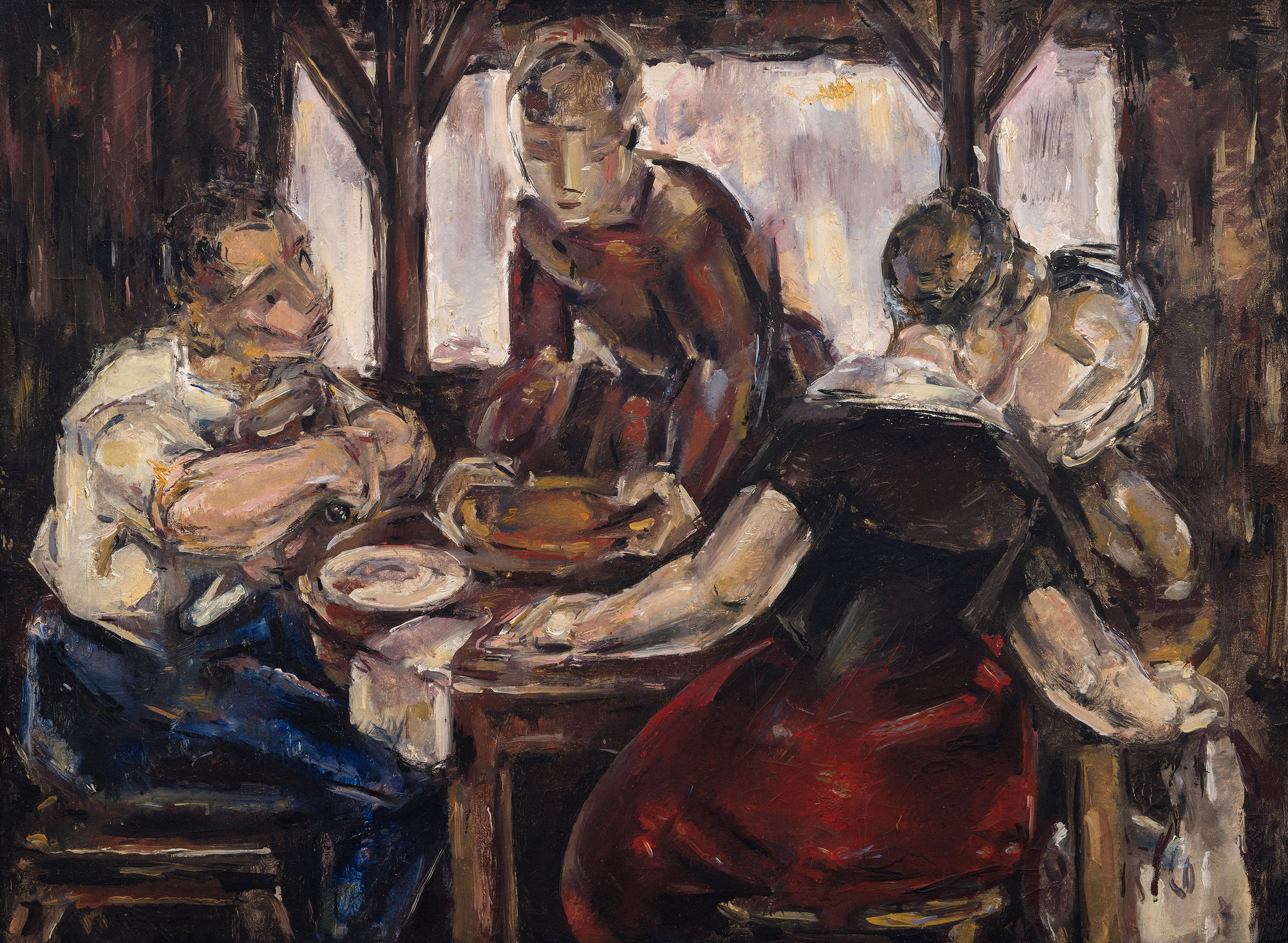
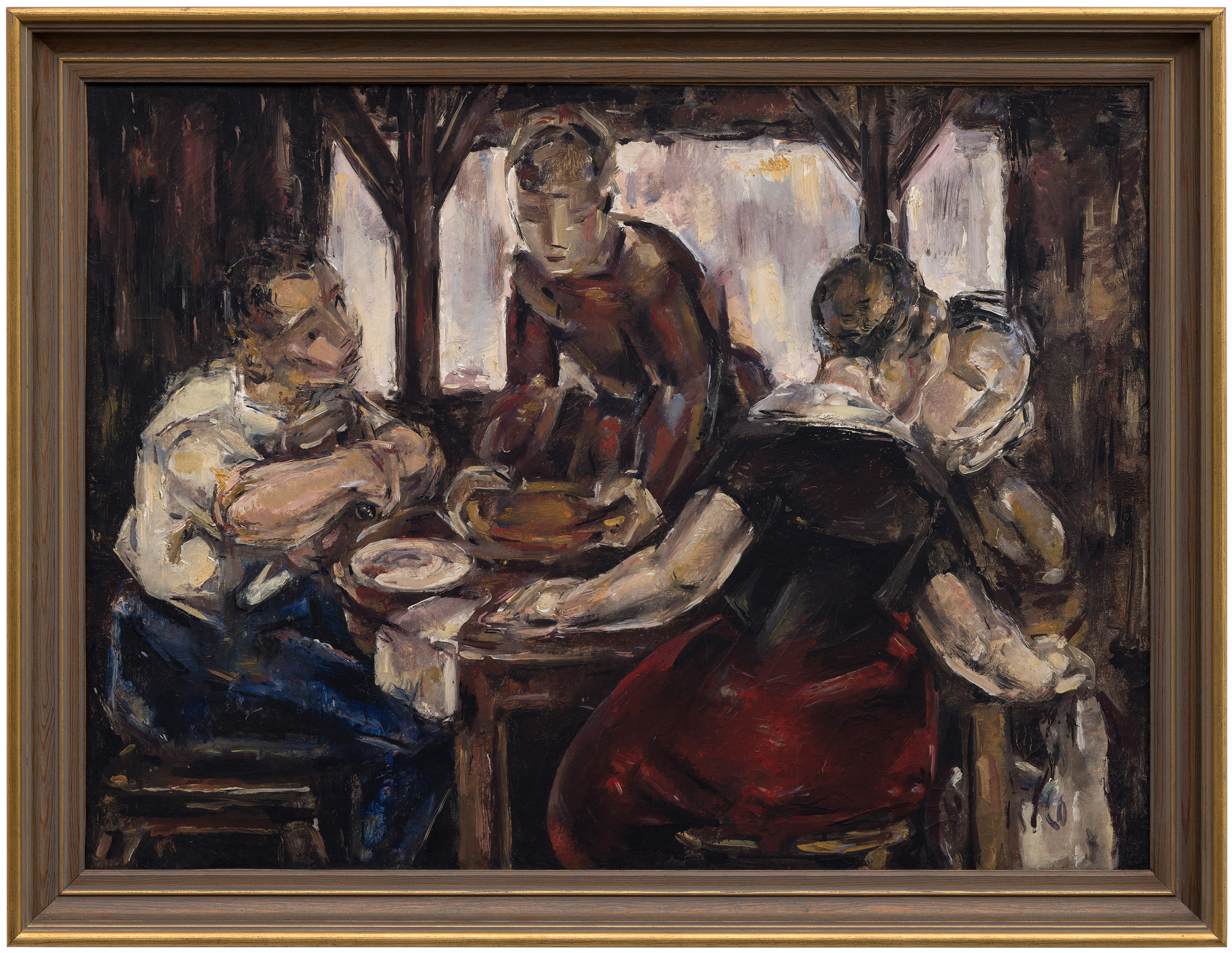
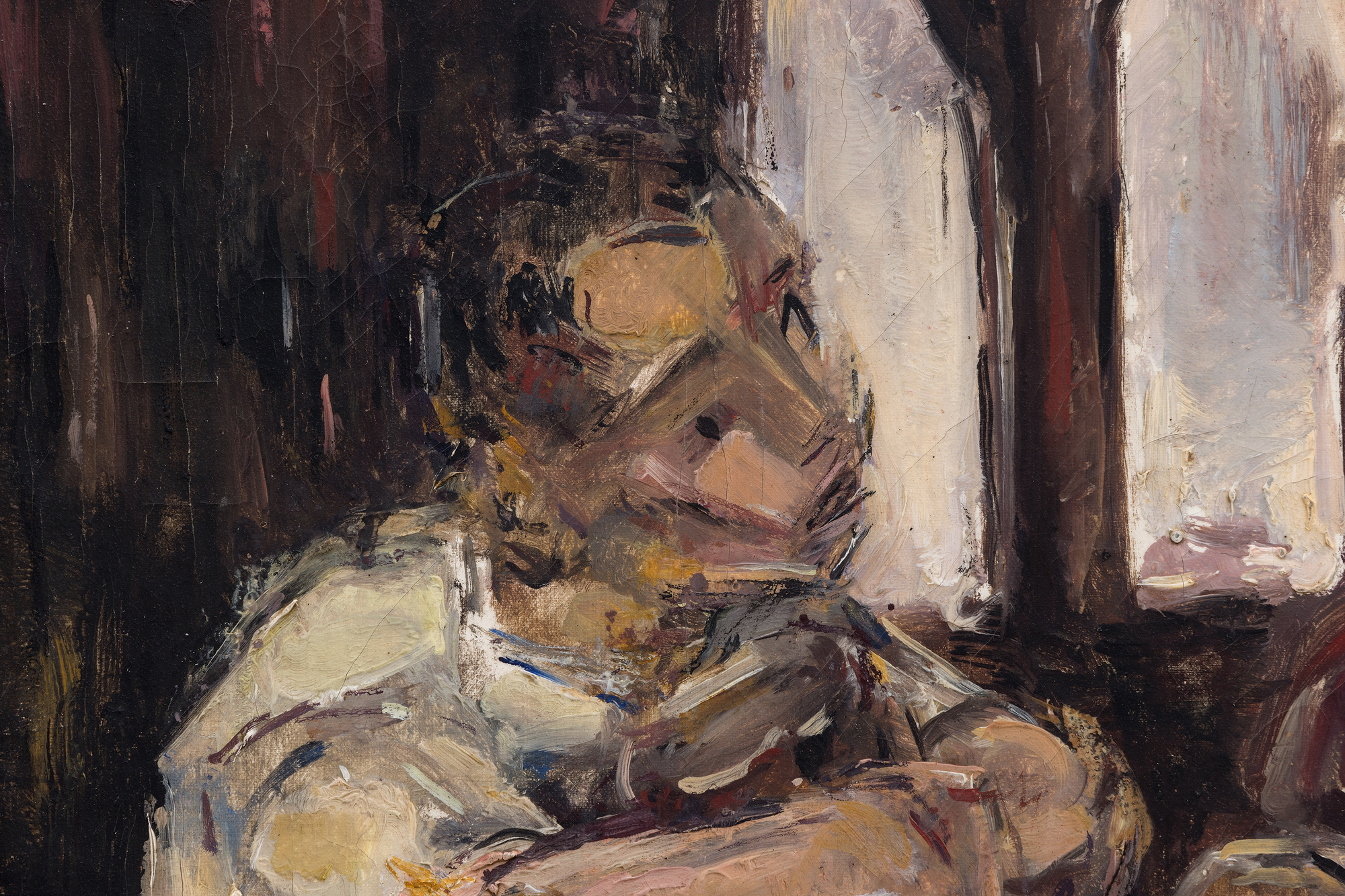
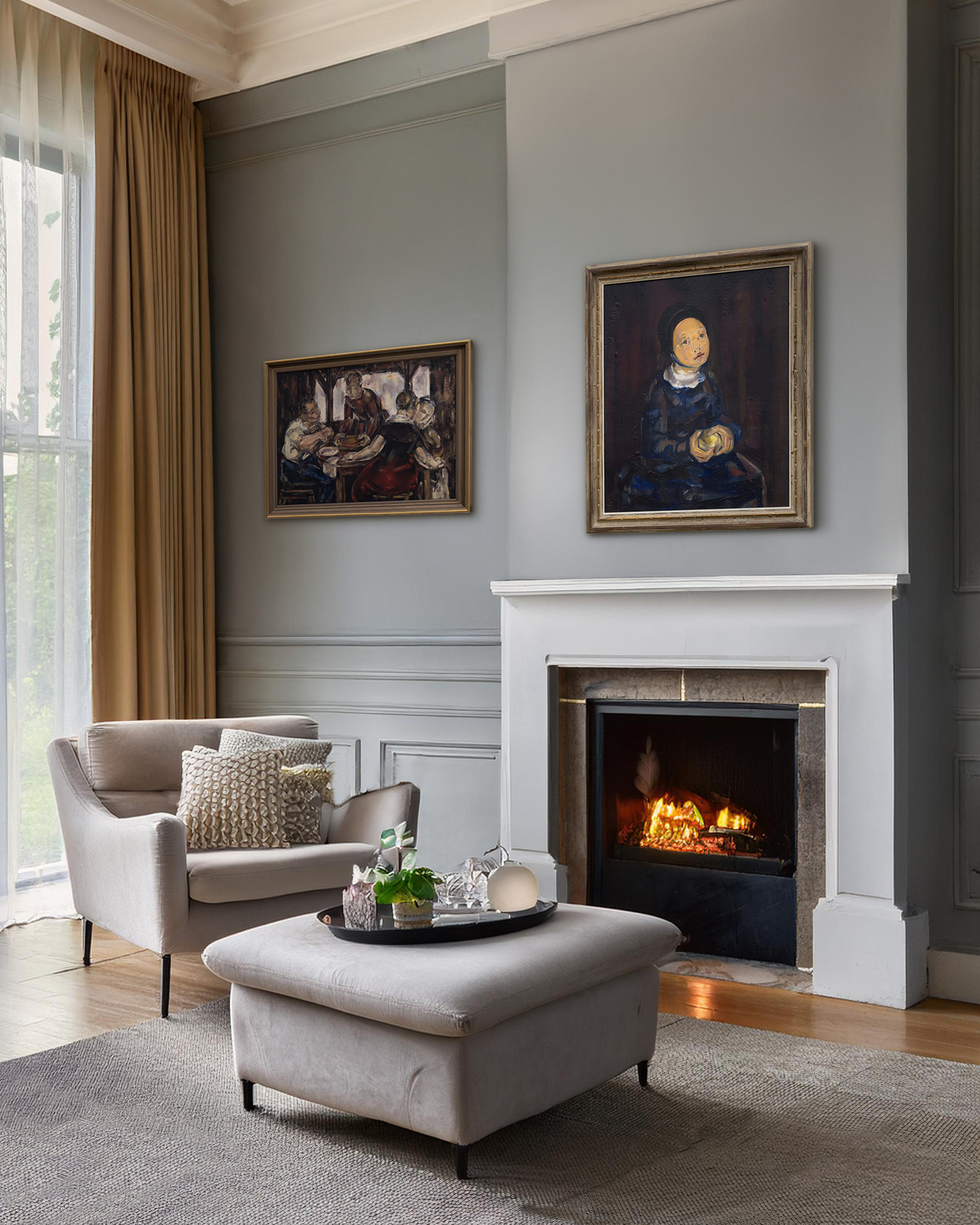
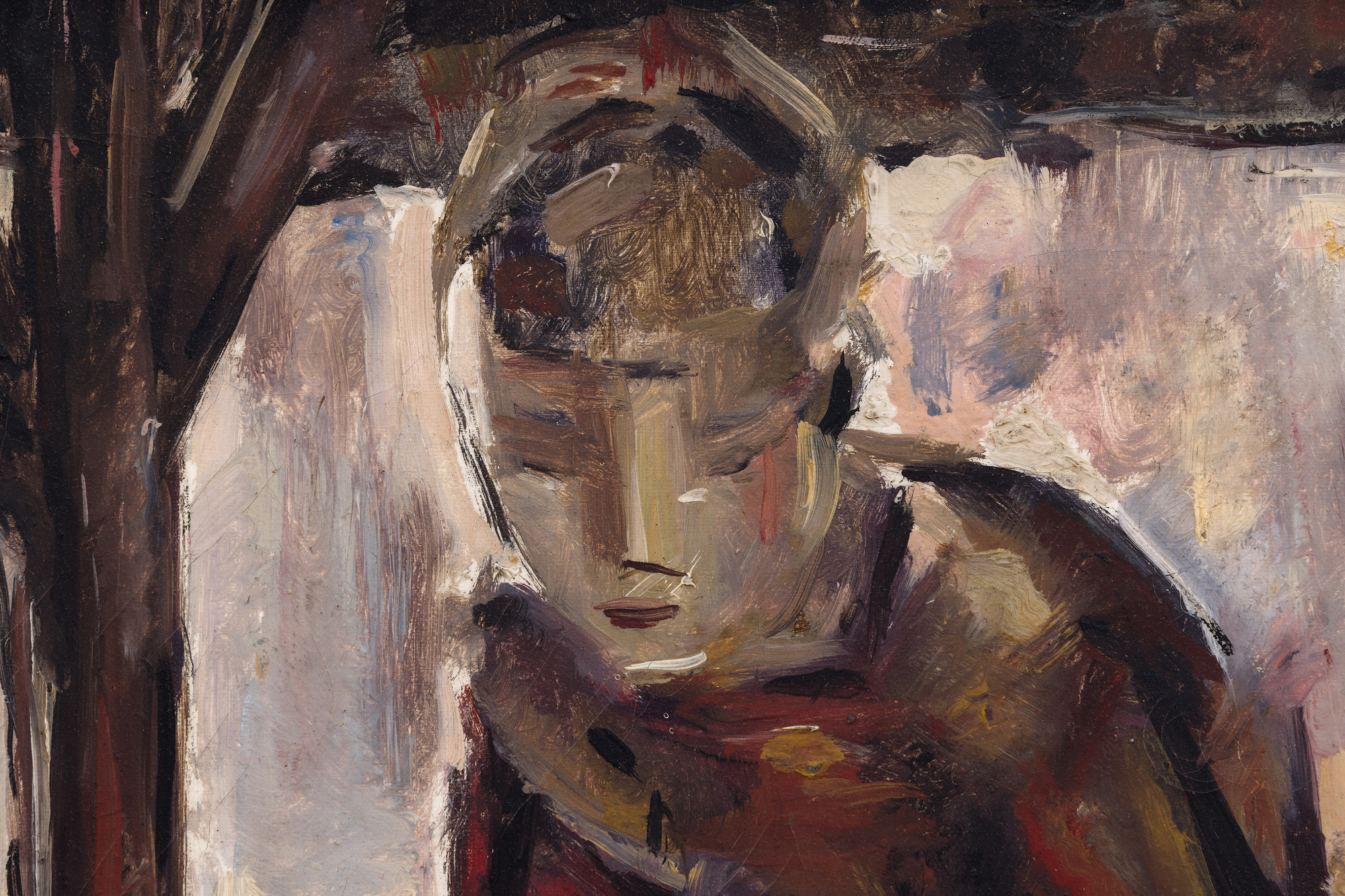
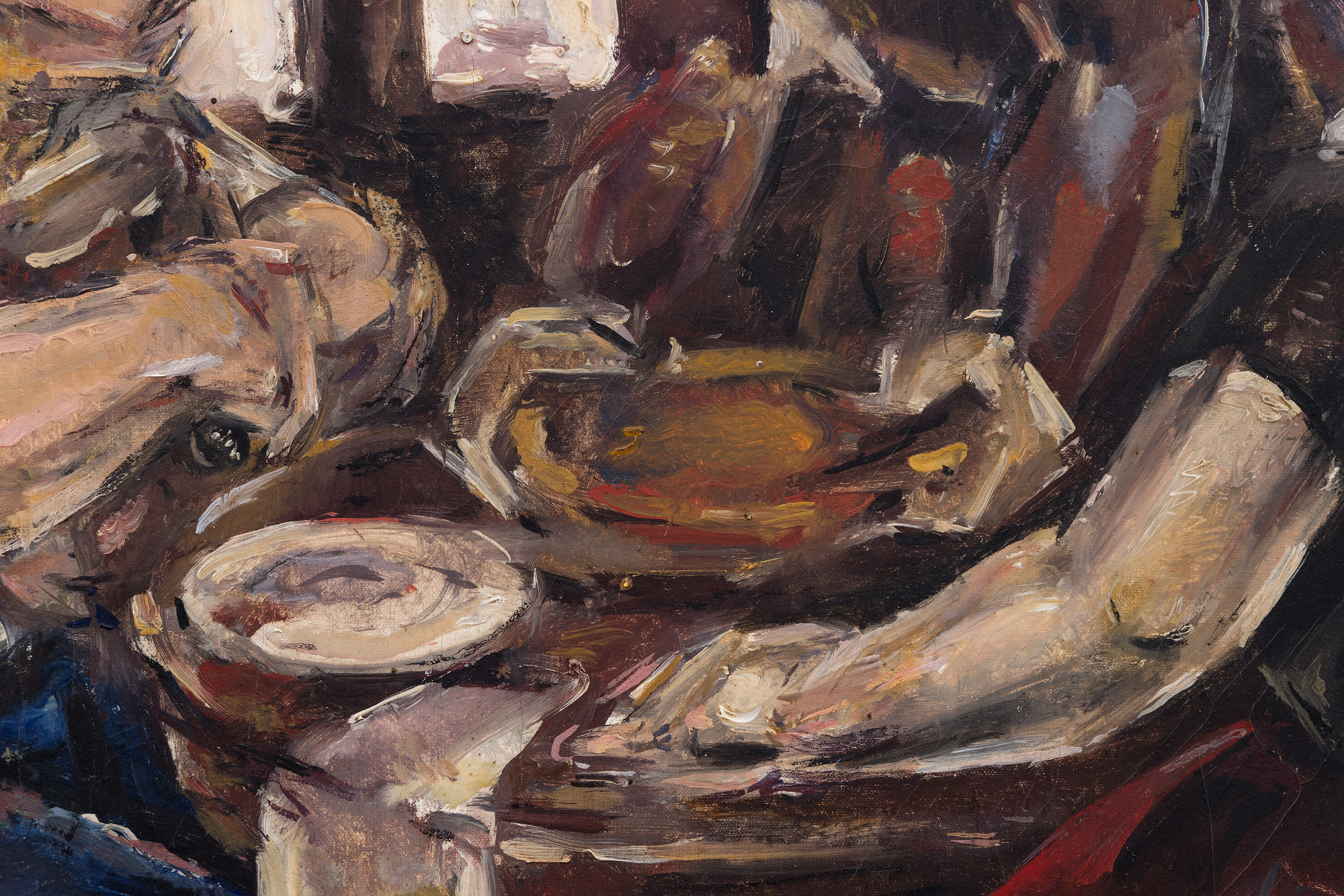
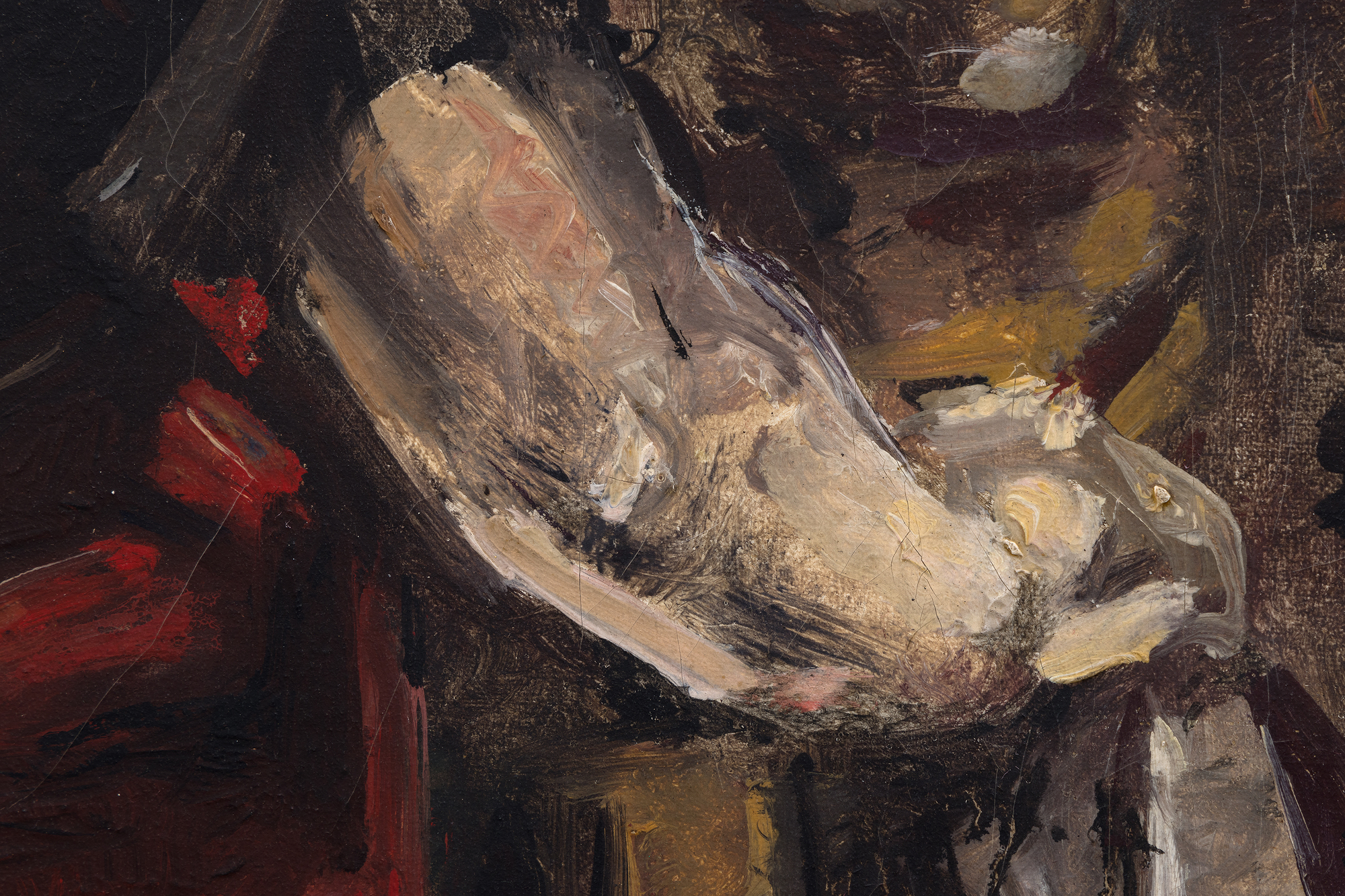
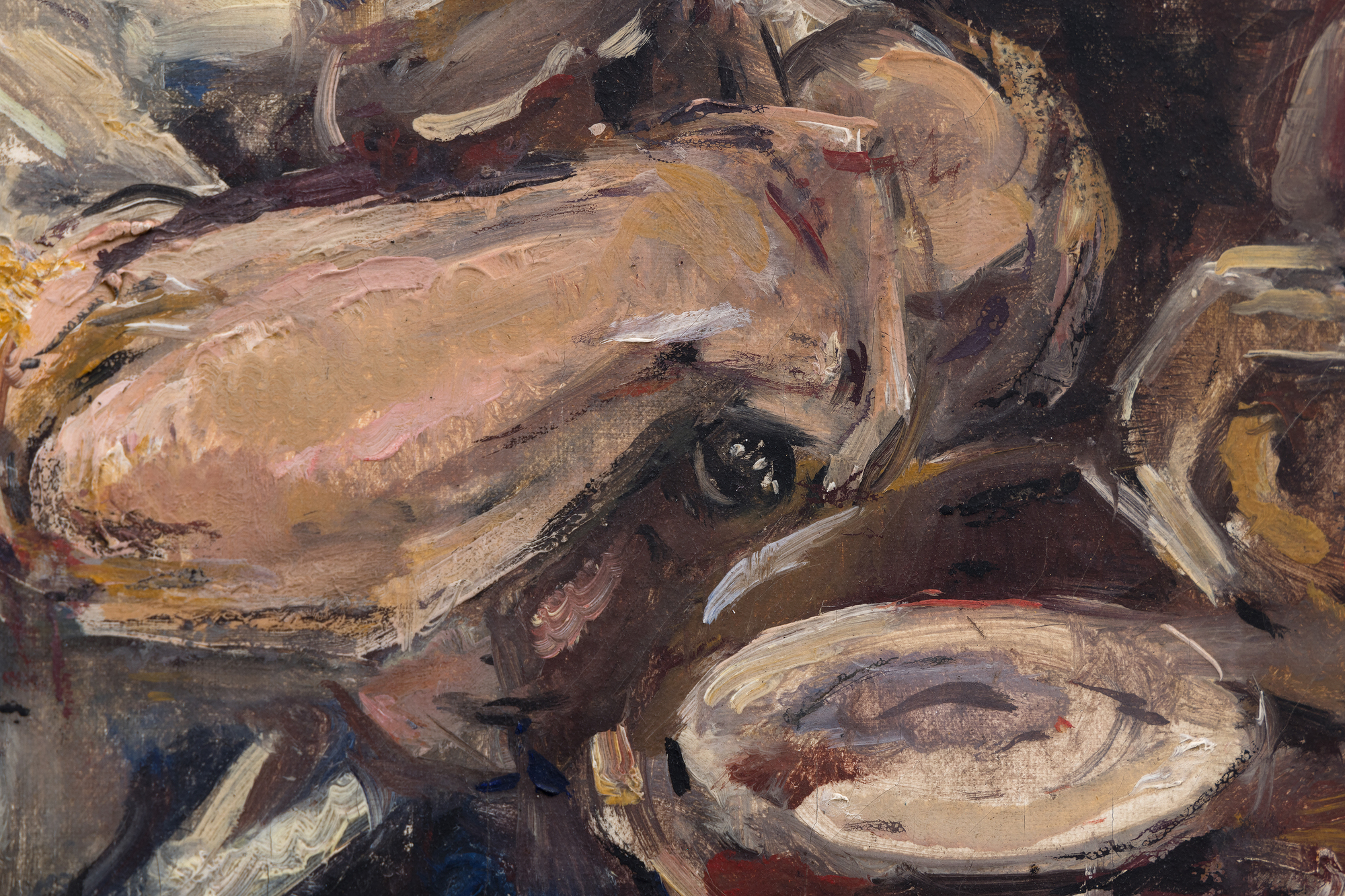
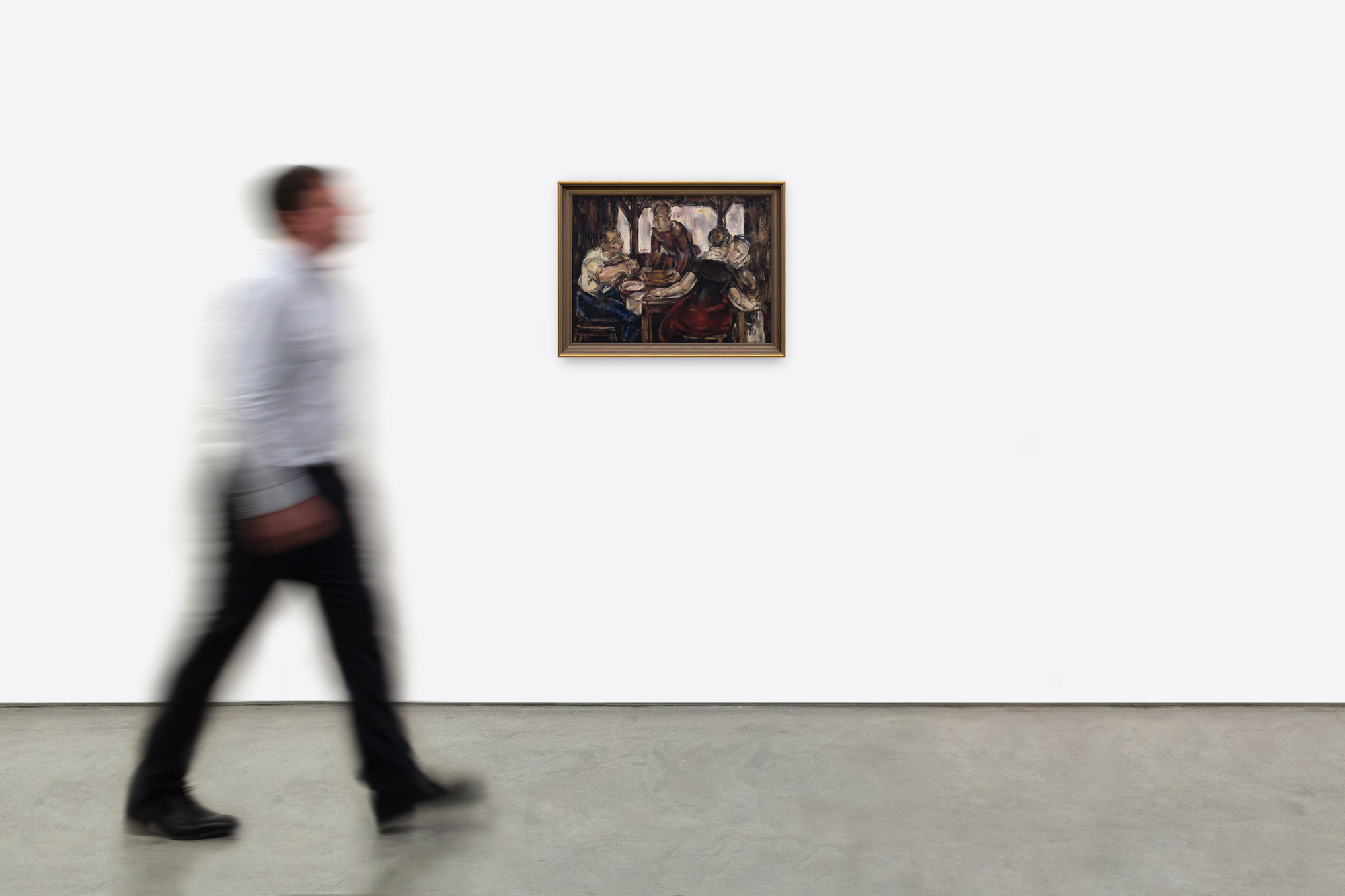

الاصل
مجموعة كارمن إيجيا جوتيريز، ابنة أخ الفنانمجموعة خاصة، حسب النسب من أعلى
135,000
عملت بلانشارد بعد عام 1921 على سد الفجوة تدريجياً بين الأشكال الصارمة للتكعيبية المبكرة والتمثيل الأكثر عاطفية وشخصية لمواضيعها. ورغم وجود الصرامة الهندسية، إلا أن الضوء الطبيعي للمشهد وتكوينه الحجمي يعكسان تأثير سيزان. تثير ضربات الفرشاة الحادة والشخصيات ذات الزوايا إحساساً بالحماية، مما يعكس نية بلانشارد في حماية الروح الداخلية لشخصياتها من نظرات الآخرين. ومع ذلك، فإن تصويرها الحساس يدعو المشاهدين إلى التواصل عاطفياً مع أعمالها، مما يولد شعوراً بالحميمية والتواصل الهادئ. وعلى الرغم من لوحة الألوان الكئيبة، إلا أن هناك دفئاً خفياً في اللوحة، حيث تحمي روح الشخصيات الداخلية من الحكم عليها، تماماً مثل تلك الموجودة في لوحات فان جوخ. ومع ذلك، أضافت بلانشارد من خلال تجميع عناصر التكعيبية تعقيداً عاطفياً إلى الموضوعات الريفية التي استكشفها فان جوخ، مما جعل مساهمتها متميزة ولكنها تعكس التقاليد الفنية السابقة.


